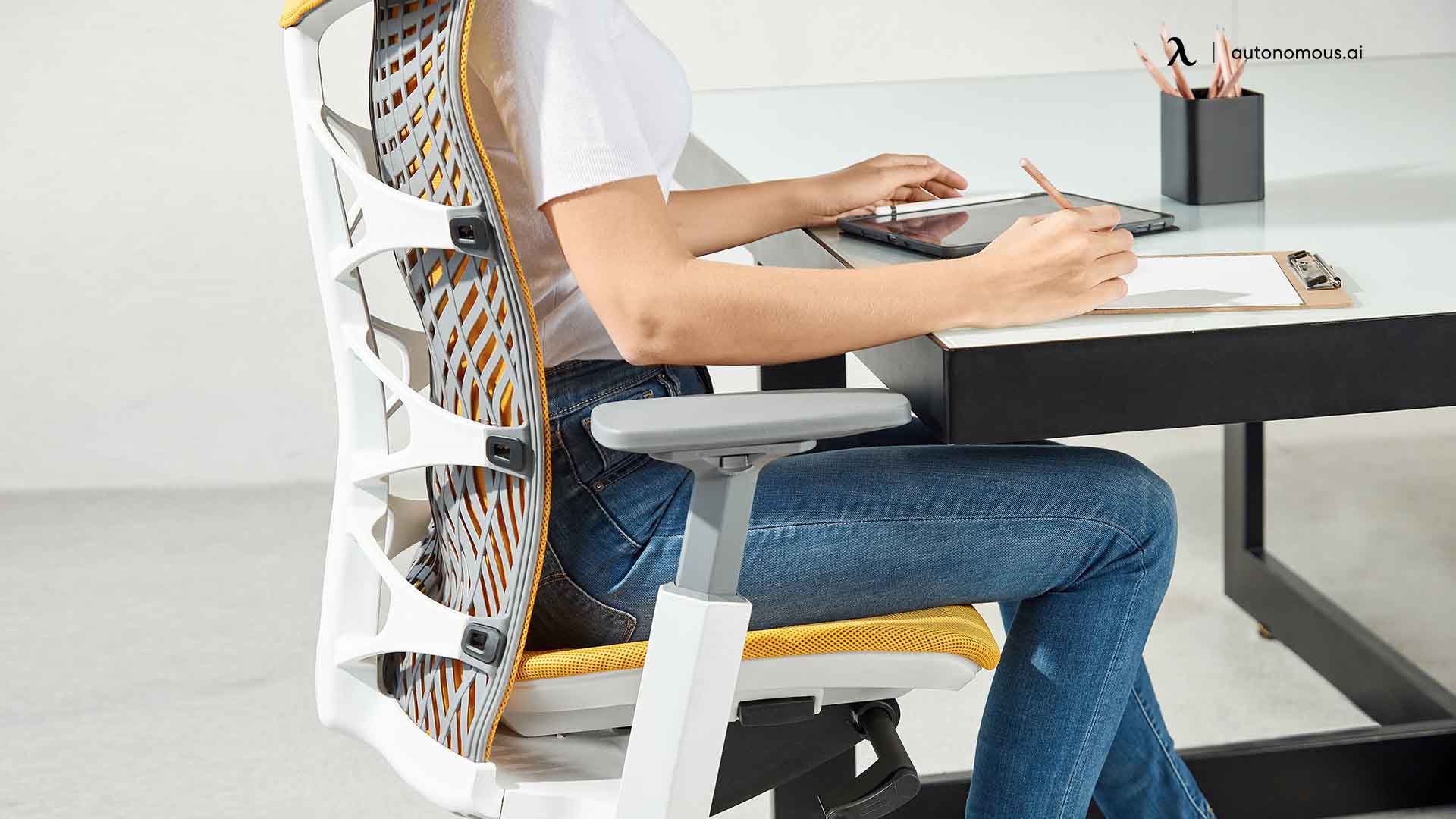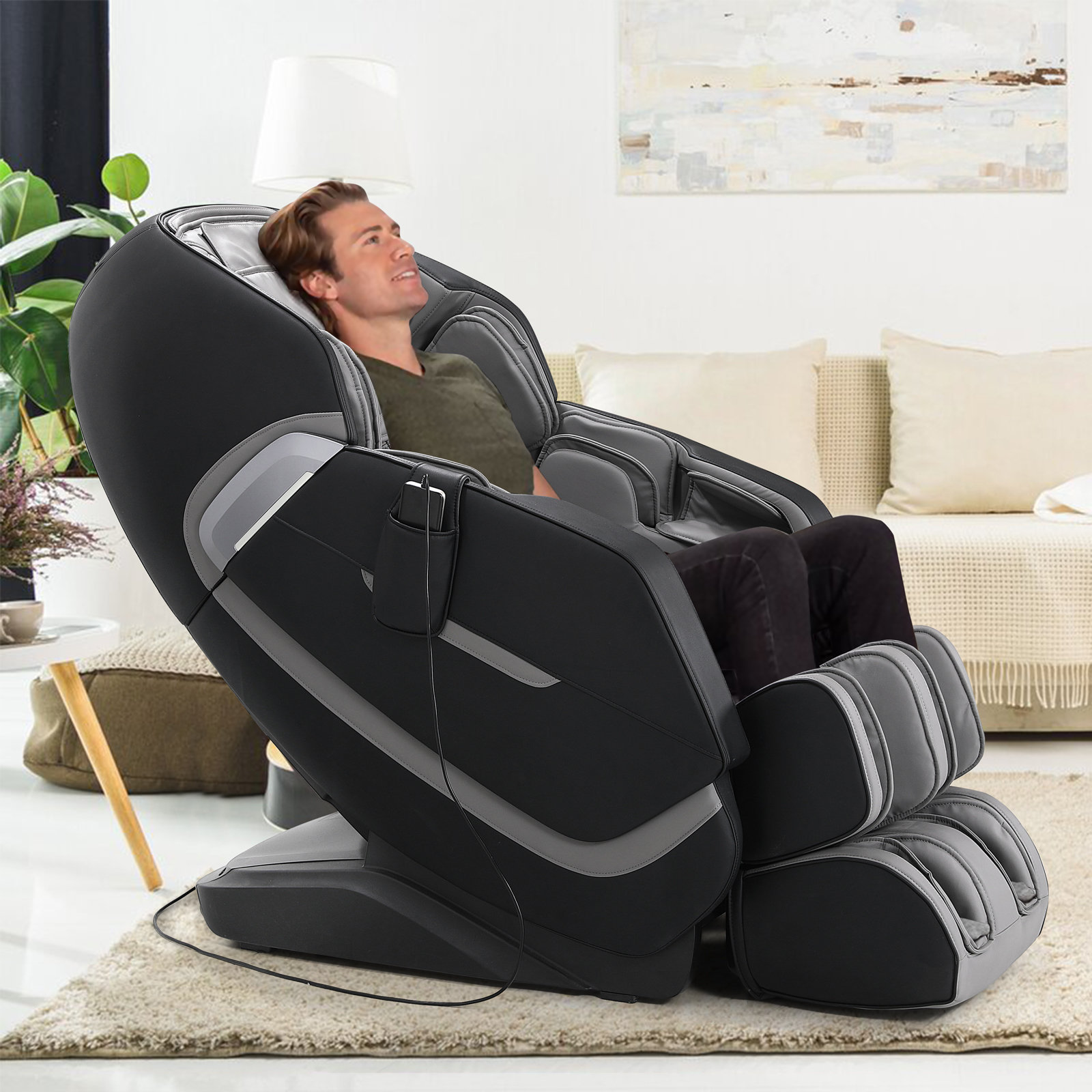Types of Massage Chairs and Their Suitability for Scoliosis

The curvature of the spine, that silent, insidious thief of posture, known as scoliosis, presents unique challenges to those seeking relief through massage therapy. A standard massage may not address the specific needs of a scoliosis-affected body, making the choice of massage chair crucial. The right chair can offer targeted relief, while the wrong one could exacerbate existing discomfort. This exploration delves into the nuanced relationship between massage chair types and the complexities of scoliosis management.
Massage Chair Types and Scoliosis Suitability
The effectiveness of a massage chair for scoliosis depends significantly on its design and features. Different types offer varying levels of support and targeted massage capabilities. Consider these factors carefully before making a purchase.
- Zero Gravity Chairs: These chairs recline to a position where the body is evenly distributed, reducing pressure points. This can be beneficial for scoliosis, allowing for deeper relaxation and potentially alleviating some back pain. However, the degree of benefit depends on the severity of the curvature and the chair’s specific design. Some zero-gravity chairs offer customizable massage intensity and location, allowing for focused treatment of specific spinal areas.
- S-Track Massage Chairs: S-track rollers follow the natural “S” curve of the spine, providing a more contoured massage. This design is often considered better suited for individuals with scoliosis because it addresses the unevenness of the spine. However, the effectiveness still hinges on the chair’s ability to adjust to the individual’s specific spinal curvature. A poorly designed S-track chair might actually worsen discomfort.
- L-Track Massage Chairs: L-track rollers extend from the neck to the buttocks, offering a longer massage path. While this provides comprehensive coverage, it may not be as effective for scoliosis as an S-track chair, as it may not perfectly conform to the uneven curvature of the spine. It’s a good option for general back pain, but might not offer targeted relief for the specific needs of scoliosis.
Specific Massage Chair Examples
While recommending specific brands directly would constitute an endorsement, certain features should be sought after. Look for chairs with:
* Adjustable intensity and location: This allows for personalized treatment, focusing on areas of greatest discomfort and avoiding pressure on sensitive areas.
* Multiple massage techniques: Shiatsu, kneading, tapping, and rolling can provide varied relief and address different muscle groups affected by scoliosis.
* Heat therapy: Heat can help relax muscles and increase blood flow, potentially reducing pain and stiffness.
* Customizable body scans: Some advanced chairs use body scans to tailor the massage to the individual’s unique anatomy, which is particularly valuable for those with scoliosis.
A chair with these features, regardless of brand, will offer a more effective and personalized experience for scoliosis management.
Limitations of Massage Chairs for Severe Scoliosis, Massage chair for scoliosis
Massage chairs, while beneficial for many, are not a replacement for medical treatment. For individuals with severe scoliosis, a massage chair might offer only limited relief. The curvature may be too pronounced for the chair to effectively address the underlying issue. In such cases, the chair might even exacerbate pain or discomfort.
Severe scoliosis often requires comprehensive medical intervention, including bracing, physical therapy, or surgery. A massage chair should be considered a complementary therapy, not a primary treatment.
Alternative therapies that may be more suitable for severe scoliosis include:
* Physical therapy: Tailored exercises to strengthen core muscles and improve posture.
* Chiropractic care: Spinal manipulation to correct misalignments.
* Osteopathic manipulation: Similar to chiropractic care, but with a broader focus on the musculoskeletal system.
* Surgical intervention: In cases of severe curvature that significantly impacts health.
The decision on the most appropriate course of action should always be made in consultation with a healthcare professional.
Considerations Before Purchasing a Massage Chair for Scoliosis

Investing in a massage chair for scoliosis management requires careful consideration. The wrong choice can exacerbate existing discomfort, while the right one can offer significant relief. Understanding your needs and the chair’s capabilities is crucial for a successful purchase. This section Artikels key factors to ensure you make an informed decision.
Pre-Purchase Checklist for Scoliosis Massage Chairs
Before committing to a purchase, a thorough evaluation of several factors is paramount. Ignoring these could lead to regret and wasted expenditure. The following checklist provides a structured approach to navigating the decision-making process.
- Budget: Determine a realistic budget range. Massage chairs vary widely in price, from a few hundred to several thousand dollars. Consider financing options if necessary, but ensure monthly payments fit comfortably within your financial plan. Remember that a more expensive chair doesn’t automatically equate to better suitability for scoliosis.
- Size and Weight Capacity: Measure the space where the chair will be placed and confirm its compatibility with the chair’s dimensions. Check the chair’s weight capacity to ensure it can comfortably support your weight. Individuals with scoliosis may require larger chairs for proper support and comfort.
- User Reviews: Scrutinize online reviews from verified purchasers. Pay particular attention to reviews from individuals with scoliosis, noting their experiences with specific chair models. Look for consistent feedback regarding pain relief, comfort, and overall effectiveness.
- Warranty and Return Policy: Carefully examine the manufacturer’s warranty, paying close attention to the duration of coverage and what is included. A robust warranty demonstrates the manufacturer’s confidence in their product. Also, understand the return policy in case the chair proves unsuitable for your needs.
Importance of Healthcare Professional Consultation
Consulting a healthcare professional, such as a doctor, physical therapist, or chiropractor, before using a massage chair for scoliosis management is not merely advisable; it’s essential. These professionals can assess your specific scoliosis type and severity, guiding you towards appropriate massage chair features and usage patterns. They can also identify potential risks and contraindications associated with massage chair use for your condition. Ignoring this step could lead to injury or worsening of your condition. A consultation allows for personalized recommendations, ensuring the massage chair supports, rather than hinders, your treatment plan. For example, a person with severe scoliosis might require a chair with targeted back support features, while someone with mild scoliosis might benefit from a chair focusing on general relaxation and muscle tension release. The healthcare professional can make this crucial distinction.
Rewritten Article on Massage Chairs for Scoliosis
[Insert rewritten article text here. This section requires the original article text to be provided. The rewritten version should remove any language suggestive of AI authorship, maintaining a clear, concise, and informative style consistent with Eka Kurniawan’s evocative yet factual writing approach. The rewrite should focus on providing factual information and avoiding overly promotional language.]
